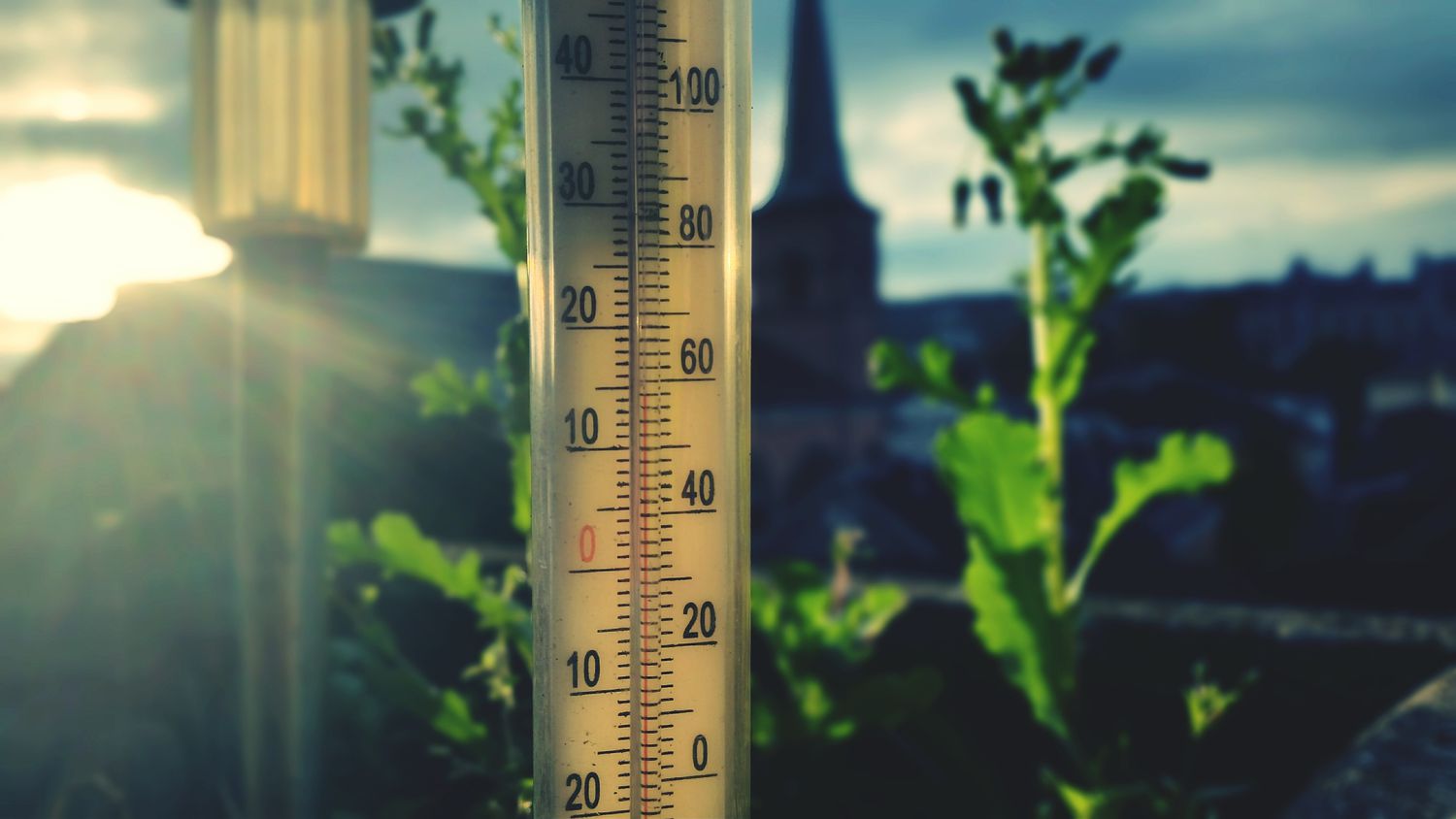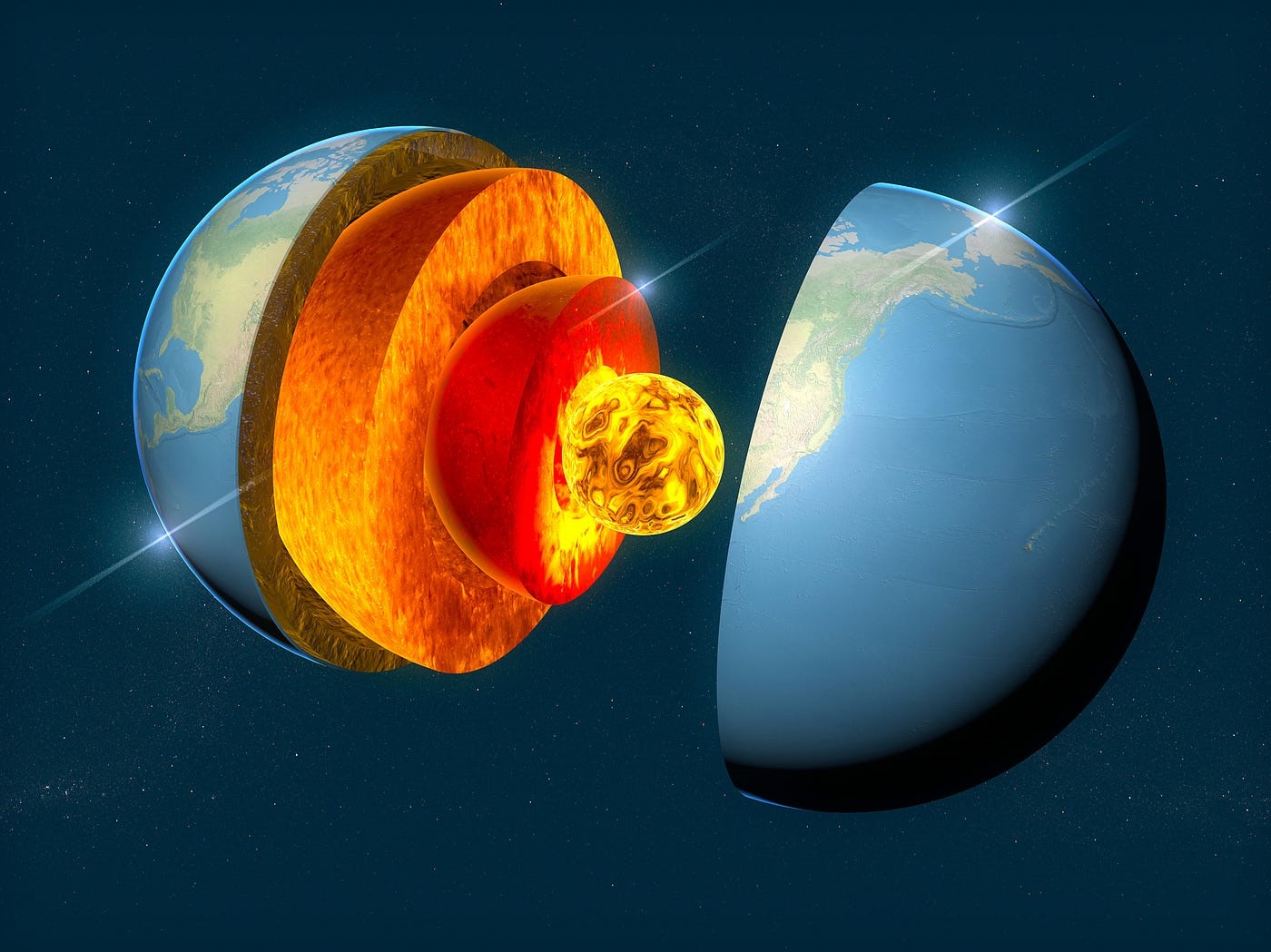Home>Weather and Climate>What Is Dew Point Temperature and Why It Matters


Weather and Climate
What Is Dew Point Temperature and Why It Matters
Published: November 22, 2024
Learn about the importance of dew point temperature in weather and climate. Understand its significance and impact on atmospheric conditions.
(Many of the links in this article redirect to a specific reviewed product. Your purchase of these products through affiliate links helps to generate commission for Temperatures.com, at no extra cost. Learn more)
So, let’s dive into what ##dew point temperature## really means. Picture waking up early in the morning, stepping outside, and feeling that slight chill wrapped around you, even though your weather app tells you it’s quite warm. That’s dew point at play. Essentially, it’s the temperature at which air needs to cool for water vapor to condense into dew. Think of it as nature’s way of saying, “Hey, it’s getting pretty moist out here.”
Why should you care? Well, dew point gives us a clearer picture of how humid or dry the air feels than relative humidity. High dew point values, say above 60 degrees Fahrenheit, signal muggy conditions. On the flip side, lower values indicate drier air. For folks with curly hair, high dew point days mean more frizz to tackle. Gardeners, on the other hand, might notice their plants are happier when there’s a bit more moisture in the air.
Understanding this concept is crucial for planning your day or even your wardrobe. Whether you’re deciding if it’s a good day for a run or figuring out if you should water the plants, knowing the dew point can be your secret weapon in making more informed decisions. So next time you check the weather, give that dew point value some love. It might just change how you see the day ahead.
















